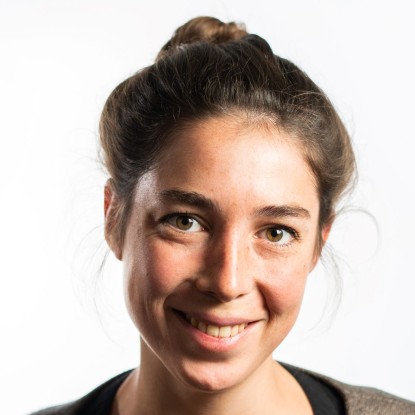New publication presents a method for quantifying the availability of bio-residues at regional level
Regional differences and specificities of urban areas as suppliers of biogenic residues for the feedstock base of circular bioeconomies
2025/05/07
The circular bioeconomy is an alternative to the currently prevailing linear and fossil-based economic systems and aims to achieve a combined increase in competitiveness and climate protection. As such, it is gaining traction in policy frameworks around the world. It recognizes the disadvantages of the isolated concepts of bioeconomy and circular economy and aims to combine their advantages through sustainable and efficient valorization of biogenic resources. The use of biogenic residues is therefore one of the principles underlying the circular bioeconomy. The availability of biogenic residue categories varies regionally. In addition, biogenic residues are often traded on regional markets. Therefore, the resource base of circular bioeconomies differs from region to region and the development of region-specific concepts is necessary.
An important initial step in the development of bioeconomy strategies is to analyze comprehensively the potential of bioresources. For residue-based bioeconomies, these must be carried out at regional level. Our new publication provides an approach that can be used to quantify the availability of biogenic residues. The approach presented is comprehensive in terms of both source sectors and residue categories, can be applied at different spatial levels, including the regional level, and is based on freely available statistical data.
The study compares the bio-residue potential of the study regions Germany, the metropolitan region Frankfurt-Rhine-Main and the city of Frankfurt and shows how they differ in terms of the importance of different sectors for the provision of bio-residues, the availability of certain bio-residue categories and their spatial density. It also reveals the peculiarities of urban areas. The results show that the metropolitan region is similar to the national average, while the city of Frankfurt has significantly different characteristics as a supplier of biogenic residues.
The publication The regional nature of circular bioeconomy: Comparing the availability of residual biomass at national, regional and city level was recently published in the journal Resources, Conservation & Recycling and was written in collaboration between members of the SuR working group and the Center for Environmental Systems Research at the University of Kassel. It is freely available here.



